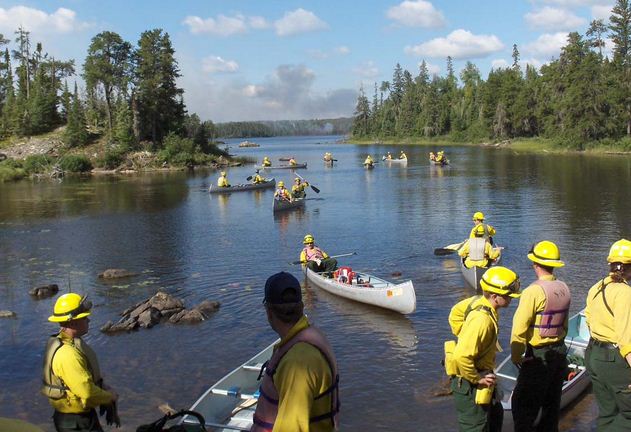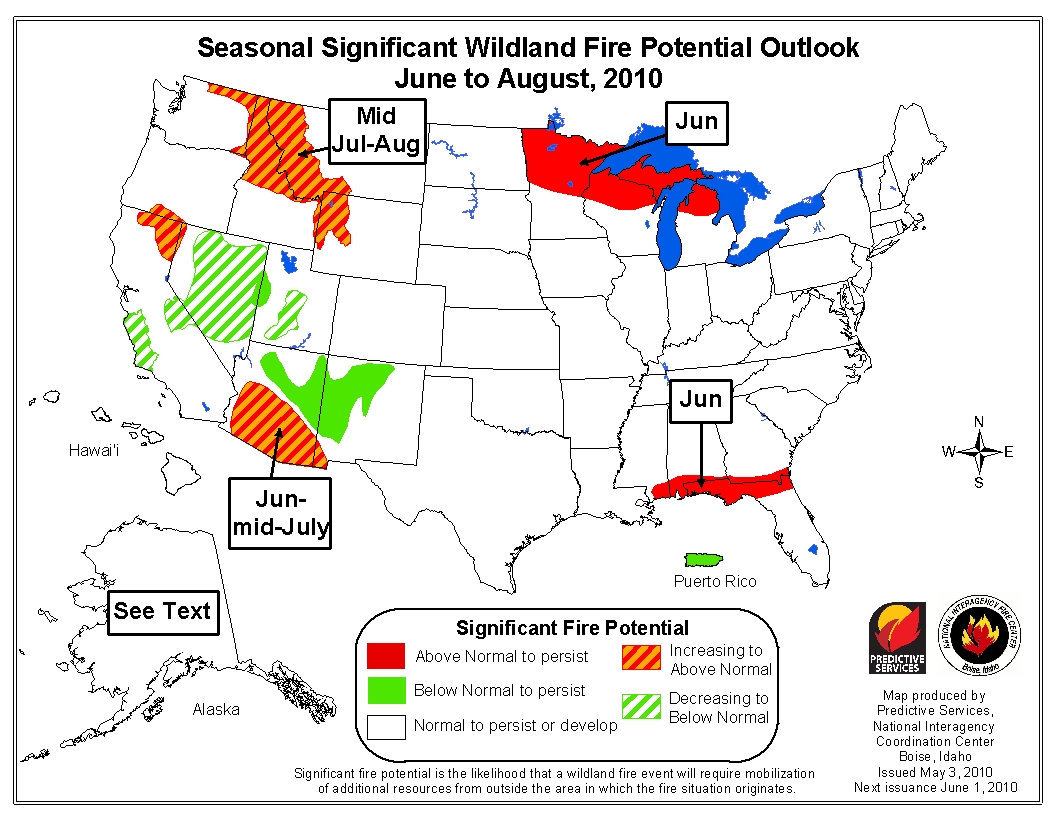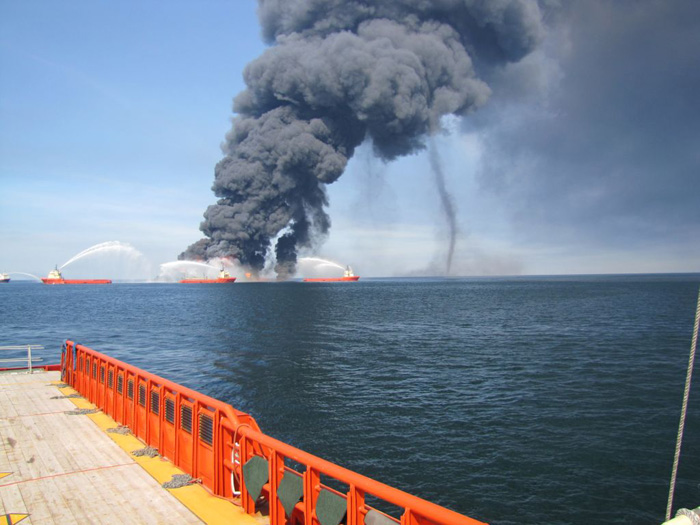Before we published the article on April 23 about the study that NIOSH is conducting on a possible link between structural firefighters and the occurrence of cancer, as part of our research we emailed Michelle Ryerson, the chair of the National Wildfire Coordinating Group’s Risk Management committee, formerly called the Safety and Health Working Team. We asked if the NWCG was aware of any similar studies that involved wildland firefighters. We also explained to her that we had talked with Travis Kubale, the NIOSH study’s primary project officer, who at the end of the conversation became interested in perhaps doing a cancer study on wildland firefighters. We passed along Mr. Kubale’s contact information to Ms. Ryerson, as well as others in the NWCG.
Today we received a response from Ms. Ryerson, which she called “an update from the NWCG Risk Management Committee perspective”:
- NWCG was never approached by NIOSH to be included in this study.
- The NWCG is coordinating with US Fire Administration on potential of including wildland fire to the NIOSH study.
- NWCG has an active Smoke Exposure Task Group (SETG) under the auspices of RMC who’s focus is smoke hazard identification and mitigation for wildland firefighters and support personnel in fire camp environments (SETG website should be up and working by end of May).
- The SETG began smoke exposure monitoring in 2009 and will continue monitoring in 2010 so that we can better understand the levels of smoke exposure both in fire camp and fireline operations.
- The SETG is also preparing a long-term project proposal abstract to seek study sponsorship from universities, NIOSH, and other scientifical organizations.
- Also worth mentioning is the fact that the DOI, FS, and many state agencies have instituted wildland firefighter medical standards programs that help track firefighter health issues throughout their arduous duty fire career.
We replied to Ms. Ryerson and the others that she had cc’d with her response:
I can imagine that employers of wildland firefighters may not be enthusiastic about opening a can of worms that may link cancer with exposure to smoke on wildland fires, but the Right Thing To Do is to look at this issue and either prove or disprove a link. I hope the NWCG will not only continue to collect data about the fire environment, but will also pursue a possible cancer link with just as much enthusiasm.







